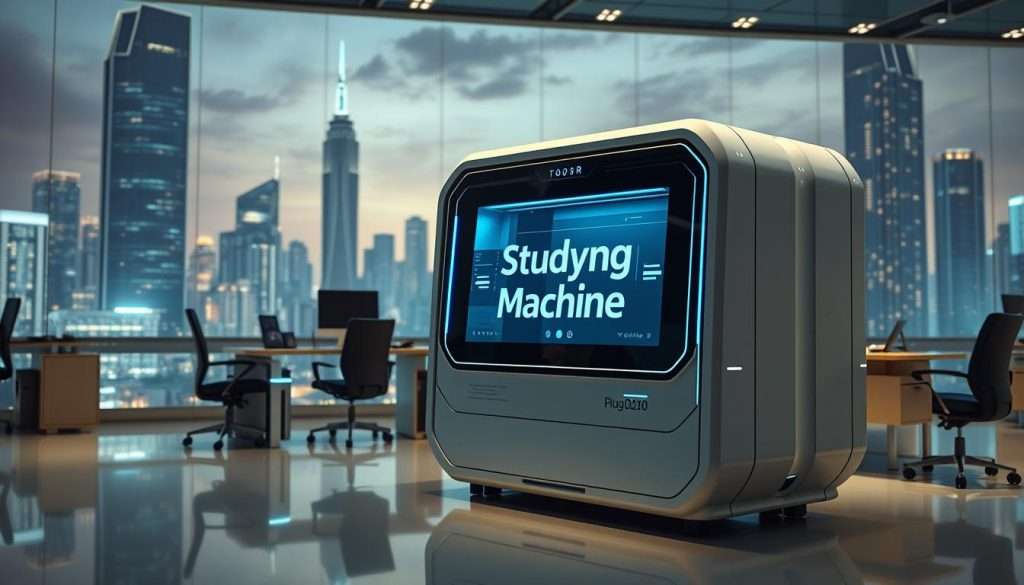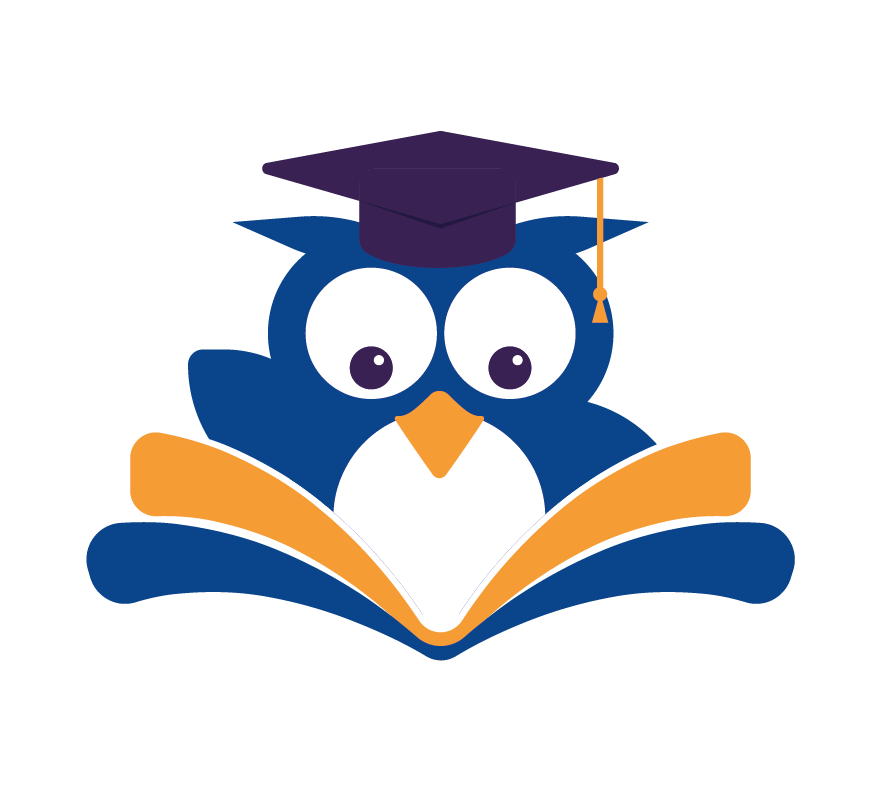Are you tired of spending hours studying without seeing the results you want? Accelerated learning is here to change that. This new way of learning helps you understand complex ideas fast and well, making your study time count.
We think learning should be fun and rewarding. With efficient learning methods, you can reach your goals faster and with less work. Our guide is for anyone looking to learn more, showing you how to quickly improve your knowledge and skills.
Key Takeaways
- Discover the benefits of accelerated learning for students and lifelong learners.
- Learn how to apply efficient learning methods to your study routine.
- Understand how to boost your knowledge and skills quickly.
- Explore practical tips for making the most of your study time.
- Find out how to stay motivated and engaged in your learning journey.
The Science of Rapid Knowledge Acquisition
Learning quickly starts with knowing how our brains take in new info. The science of fast learning focuses on neuroplasticity. It shows our brains can change and grow with the right experiences. This idea changes how we learn, making it faster and better.
How Your Brain Processes New Information
When we get new info, our brains work it out through a complex network of neurons. This involves making new connections between neurons, called synaptic plasticity. The more we practice, the stronger these connections get. This makes it easier to remember later. Knowing this helps us learn faster.
Why Traditional Learning Methods Often Fail
Old learning methods often don’t work because they ignore how we learn best. They often just focus on memorizing, which doesn’t help with complex stuff. On the other hand, rapid learning makes learning fun and tailored to you. This helps you remember and recall better.
| Traditional Learning Methods | Rapid Learning Techniques |
|---|---|
| Rote memorization | Personalized learning paths |
| One-size-fits-all approach | Adaptive learning technologies |
| Lack of engagement | Interactive and immersive experiences |
Understanding Your Personal Learning Style
Discovering your personal learning style can change how you learn. By knowing how you take in new information, you can make your learning better. This way, you can hold onto information longer and understand it better.
The VARK Model: Visual, Auditory, Reading/Writing, and Kinesthetic
The VARK model helps sort learners into four main types: Visual, Auditory, Reading/Writing, and Kinesthetic. Visual learners do well with pictures and diagrams. On the other hand, auditory learners learn best by listening. Those who like reading/writing do well with written materials, and kinesthetic learners prefer hands-on activities.
Self-Assessment Techniques to Identify Your Learning Preferences
To find out your learning style, try self-assessment methods like thinking back on your learning experiences or using online quizzes. Ask yourself: Do you remember things better when you see them or when you hear them? Trying different ways to study can also show you what works best for you.
Knowing your learning style helps you use effective learning tips and learn faster. This tailored approach lets you use your study time wisely. It helps you reach your learning goals more quickly.
Creating the Optimal Learning Environment
Creating the right learning environment is key to absorbing information quickly and effectively. Your surroundings can either boost or hinder your ability to focus and learn.
Physical Space Optimization for Maximum Focus
To optimize your physical learning space, consider factors like natural light, comfort, and minimal distractions. A well-lit, quiet area with comfortable seating can significantly enhance your focus. We recommend decluttering your space and using ergonomic furniture to create an ideal learning environment.
Digital Environment Management and Distraction Elimination
In today’s digital age, managing your digital environment is just as crucial as optimizing your physical space. Turn off notifications on your devices, and consider using website blockers or apps that help you stay focused. By minimizing digital distractions, you can maintain a consistent level of productivity and accelerate your learning process.
By implementing these strategies, you’ll be better equipped to stay on track and make the most of your study sessions. This will ultimately enhance your fast learning strategies and expedite your learning process.
The Accelerated Learning Framework in Practice
Let’s explore the accelerated learning framework and how it can boost your brain power. This framework is a structured way to learn that includes several key steps. By following these steps, you can learn more efficiently.
Preparation, Acquisition, Implementation, and Review Phases
The framework has four main phases: preparation, acquisition, implementation, and review. Preparation is about setting clear goals and creating the best learning environment. In the acquisition phase, you learn new things through reading, listening, or doing hands-on activities.
The implementation phase is when you apply what you’ve learned in real life. This helps you understand better. Finally, the review phase strengthens your memory, keeping the information from fading away.

Structuring Your Learning Sessions for Maximum Retention
To keep more information, it’s important to organize your study time well. Divide your study into focused blocks (25-50 minutes) with short breaks in between. This method is called the Pomodoro Technique.
Use active recall and spaced repetition to strengthen your learning. Active recall means recalling information from memory instead of just re-reading it. Spaced repetition involves reviewing material at longer intervals to solidify it in your memory.
By organizing your study this way, you can make the most of your time and remember more. The key is to stay consistent and adjust your method as you learn more.
Powerful Memory Enhancement Techniques
Unlocking your memory’s full potential is a big deal for rapid learning. The right techniques can greatly boost how well you remember and recall things.
Spaced Repetition Systems and Flashcard Methods
Spaced repetition is a top-notch way to keep information in your memory. It means reviewing stuff at longer and longer times to make it stick in your long-term memory. Flashcards are great for this, helping you quickly go over important terms and ideas.
Mnemonic Devices, Memory Palaces, and Visualization
Mnemonic devices are tools to help you remember new stuff by linking it to something you already know. Using a “memory palace” or visualizing can really help. For instance, imagine a place you know well and link the info you want to remember to spots in that place. It makes remembering easier.
Active Recall and Testing Effect Strategies
Active recall means trying to remember stuff without just reading it again. You can do this by testing yourself or using flashcards. The testing effect shows that this method makes your memory stronger and helps you keep information better. Adding active recall to your study plan makes learning more efficient.
| Technique | Description | Benefits |
|---|---|---|
| Spaced Repetition | Reviewing material at increasing intervals | Improves long-term retention |
| Mnemonic Devices | Using associations to aid memory | Enhances recall of key information |
| Active Recall | Actively recalling information from memory | Strengthens memory and improves retention |
By mixing these efficient learning methods, you can build a strong learning plan. It boosts your memory and speeds up how fast you learn.
Speed Reading and Information Processing Methods
Want to read faster and understand more? These simple techniques can help! In today’s world, fast information processing is key. Speed reading can make learning much more efficient.
Techniques to Double Your Reading Speed Without Losing Comprehension
To read faster without losing understanding, try active reading. Use your side vision to see groups of words, not single words. Also, stop saying words in your head as you read. This can make you read much faster.
Here are more ways to boost your reading speed:
- Use a pointer, like a finger or a cursor, to guide your eyes as you read.
- Practice regularly to build your reading stamina and speed.
- Expand your vocabulary to reduce the need to pause and reread unfamiliar words.
Strategic Reading: Skimming, Scanning, and Deep Reading
Each reading task needs its own strategy. Skimming lets you quickly see headings and bullet points for the main ideas. Scanning helps you find specific info, like names or keywords. Deep reading means a detailed analysis of the material.
| Reading Strategy | Purpose | Technique |
|---|---|---|
| Skimming | Get the main idea | Glance over headings and bullet points |
| Scanning | Find specific information | Look for keywords or names |
| Deep Reading | Thorough understanding | Read carefully, analyze, and reflect |
Mastering these quick learning techniques and effective learning tips boosts your info processing. Practice these methods to learn more efficiently!

Mind Mapping and Visual Learning Strategies
Learn how visual learning strategies, like mind mapping, can speed up your learning. Mind mapping is a way to show ideas in a diagram. It boosts creativity and links ideas together. This method turns complex info into a clear, easy-to-understand visual framework.
Creating Effective Mind Maps for Complex Topics
To make great mind maps, start with the main idea. Use images, colors, and keywords to make it look good. Then, branch out with related ideas and subtopics, using colors to tell them apart. This way, you can break down complex topics into smaller parts, making speed learning easier.
Visual Note-Taking and Concept Visualization Techniques
Visual note-taking is about capturing info in a creative, non-linear way. It uses symbols, diagrams, and illustrations. This method improves memory and makes reviewing material quick. By mixing visual note-taking with mind mapping, you can learn faster, fitting your visual learning style. Here’s a quick look at traditional vs. visual note-taking:
| Method | Characteristics | Benefits |
|---|---|---|
| Traditional Note-taking | Linear, text-based | Easy to follow, detailed |
| Visual Note-taking | Non-linear, visual | Enhances memory, creative |
Adding these visual learning strategies to your study routine can greatly boost your learning speed and retention.
Leveraging Technology for Accelerated Learning
We can now use many technological tools to boost our brain power and learn faster. Technology lets us tailor learning to fit our needs, making it more fun and effective.
Apps and Software Tools for Efficient Learning
There are lots of apps and software tools to help you learn quicker. Some top picks include:
- Language learning apps like Duolingo, which turn learning into a game.
- Flashcard software such as Anki, which helps you remember better.
- Focus-enhancing tools like Freedom, which block distractions.
These tools can fit into your daily life to help you learn better.
Digital Note-Taking and Knowledge Management Systems
Good note-taking is key to keeping info. Digital tools like Evernote and OneNote let you organize and search your notes easily.
| Tool | Features | Benefits |
|---|---|---|
| Evernote | Note organization, tagging, and search functionality | Enhanced information retrieval and review |
| OneNote | Digital notebook, integration with Microsoft Office | Seamless collaboration and organization |
Using these digital tools, you can build a strong system for managing your knowledge. This supports your goal of learning faster.
The Power of Social Learning and Knowledge Sharing
Learning with others can really help you learn faster. When you work with others, you get new ideas, stay excited, and understand things better.
The Feynman Technique: Learning Through Teaching
The Feynman Technique is about explaining things in simple words, like teaching a beginner. It helps you find what you don’t know and makes your knowledge stronger. Try explaining a topic to someone else. You’ll see where you need to practice more.
“The person who says he knows what he thinks but cannot express it usually does not know what he thinks.”
Building a Learning Community and Accountability Partners
Creating a learning group can give you the support and drive you need. Search for online forums, social media groups, or local meetups that match your study area. Having friends to check in with keeps you focused on your goals. You can share your progress, ask for help, and learn from others.
Measuring Progress and Overcoming Learning Plateaus
As you move forward on your learning path, it’s key to track your progress. You might hit a learning block. To get past it, use good tracking methods and strategies.
Tracking Systems for Learning Effectiveness
To keep track of how well you’re learning, try these:
- Set clear, measurable goals for each learning session
- Use a learning journal to record your progress and reflect on your experiences
- Implement a spaced repetition system to optimize retention
- Regularly assess your knowledge through quizzes or self-tests
These tools help you see where you’re doing well and where you need to work harder. This lets you tweak your learning plan.
Strategies for Breaking Through Learning Blocks
When you hit a learning wall, try these:
- Change your learning environment to stimulate your senses
- Break down complex topics into smaller, manageable chunks
- Use different learning techniques, such as visual or kinesthetic methods
- Seek feedback from peers, mentors, or online communities
By adding these strategies to your learning routine, you can get past learning blocks. This way, you keep moving forward on your learning journey.
Conclusion: Your Personalized Accelerated Learning Plan
By adding fast learning strategies to your daily life, you can see big improvements in what you learn. We’ve looked at many quick ways to learn, like knowing your learning style and using tech to learn faster.
Now, it’s time to use these methods to make a learning plan that’s just for you. First, figure out what you want to learn and how you like to learn. Then, pick the best strategies for you.
When you start learning faster, keep track of how you’re doing. Deal with any learning blocks and stay excited about learning. With the right approach and mindset, you can reach your full learning potential and meet your goals.

